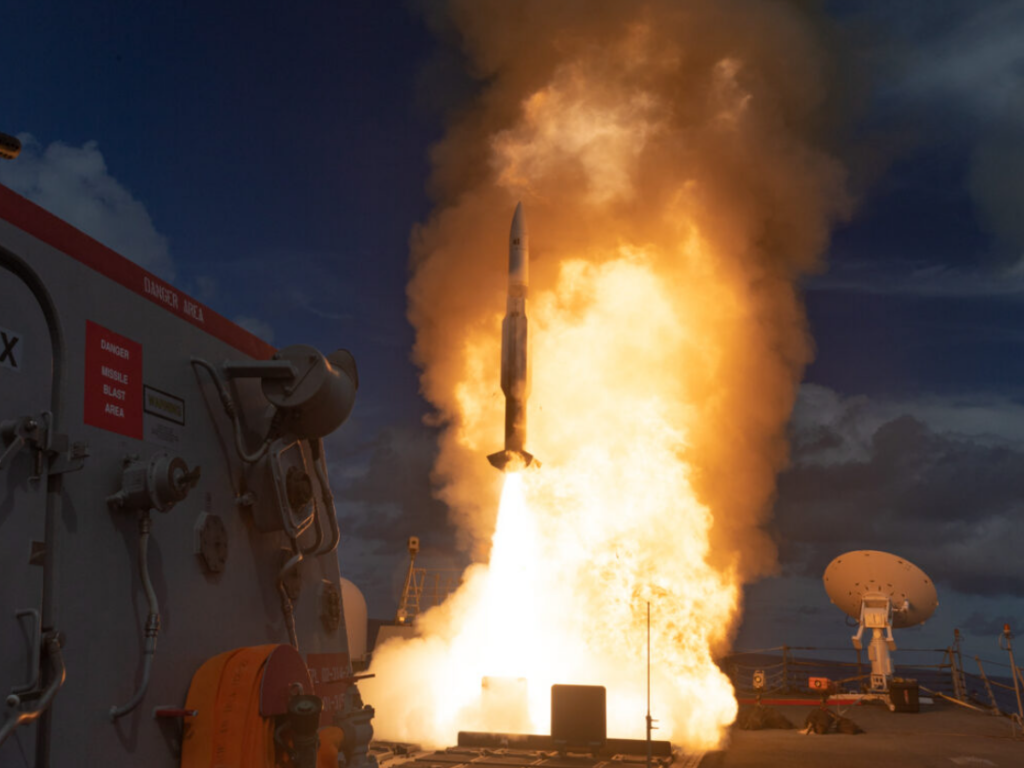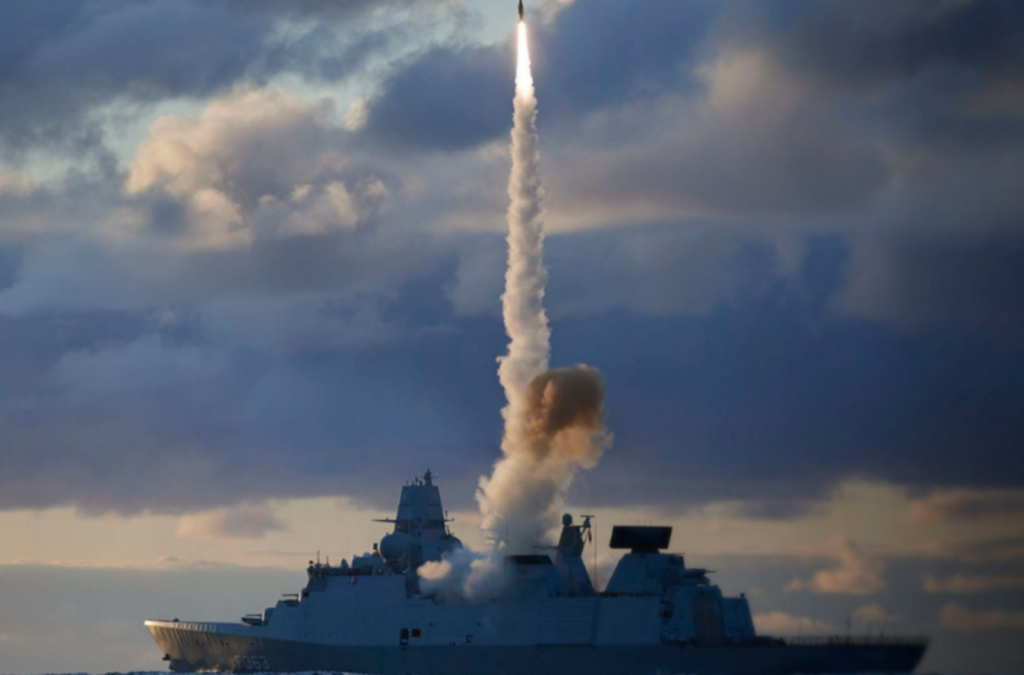SM-2 Block IIICU: A New Phase in Naval Air Defense
In early August 2025, the U.S. Navy awarded Raytheon a $258.7 million cost-plus contract (with options to $263.1 million) to advance the Standard Missile 2 (SM-2) Block IIICU “All Up Round” program. The award covers engineering, manufacturing, and development work (essentially the integration and testing phase of the missile’s upgrade) and extends through September 2031.

The SM-2 is a ship-launched medium-range surface-to-air missile that can engage high-speed anti-ship missiles and aircraft out to approximately 90 nautical miles at altitudes of up to 65,000 feet. Over 12,000 SM-2s have been built for U.S. and allied navies. In early 2024, U.S. destroyers used SM-2s to intercept anti-ship missiles and drones in the Red Sea and demonstrated the missile’s continuing combat relevance.
The Block IIICU is the latest modernization of the SM-2. It builds on the Block IIIC design (fielded around 2024) by adding upgraded guidance and sensing. Block IIIC introduced a dual-mode seeker and features an enhanced guidance section and a modern target-detecting device derived from the SM-6 Block IU interceptor.
This contract aligns with the Navy’s broader efforts to modernize its missile defense. AEGIS ships are being upgraded with new radars, and the missile arsenal is being upgraded with the SM-6 for long-range air and ballistic threats, the SM-3 for ballistic missile defense, and the Evolved Sea Sparrow for short-range threats. The SM-2 remains a cost-effective, combat-proven layer in this defense network. Raytheon has supported and upgraded the SM series over the years. This new award includes $52 million in U.S. RDT&E funds and $18.5 million in Canadian FMS funding, underscoring international demand for the weapon.
The “All Up Round” designation means the missile is delivered as a complete, ready-to-fire package in its launch canister. Raytheon will build and test complete SM-2 IIICU rounds. Raytheon’s long experience with Standard Missiles and the Navy’s sustained investment underscore the importance of this program in the Navy’s broader fleet modernization efforts.

